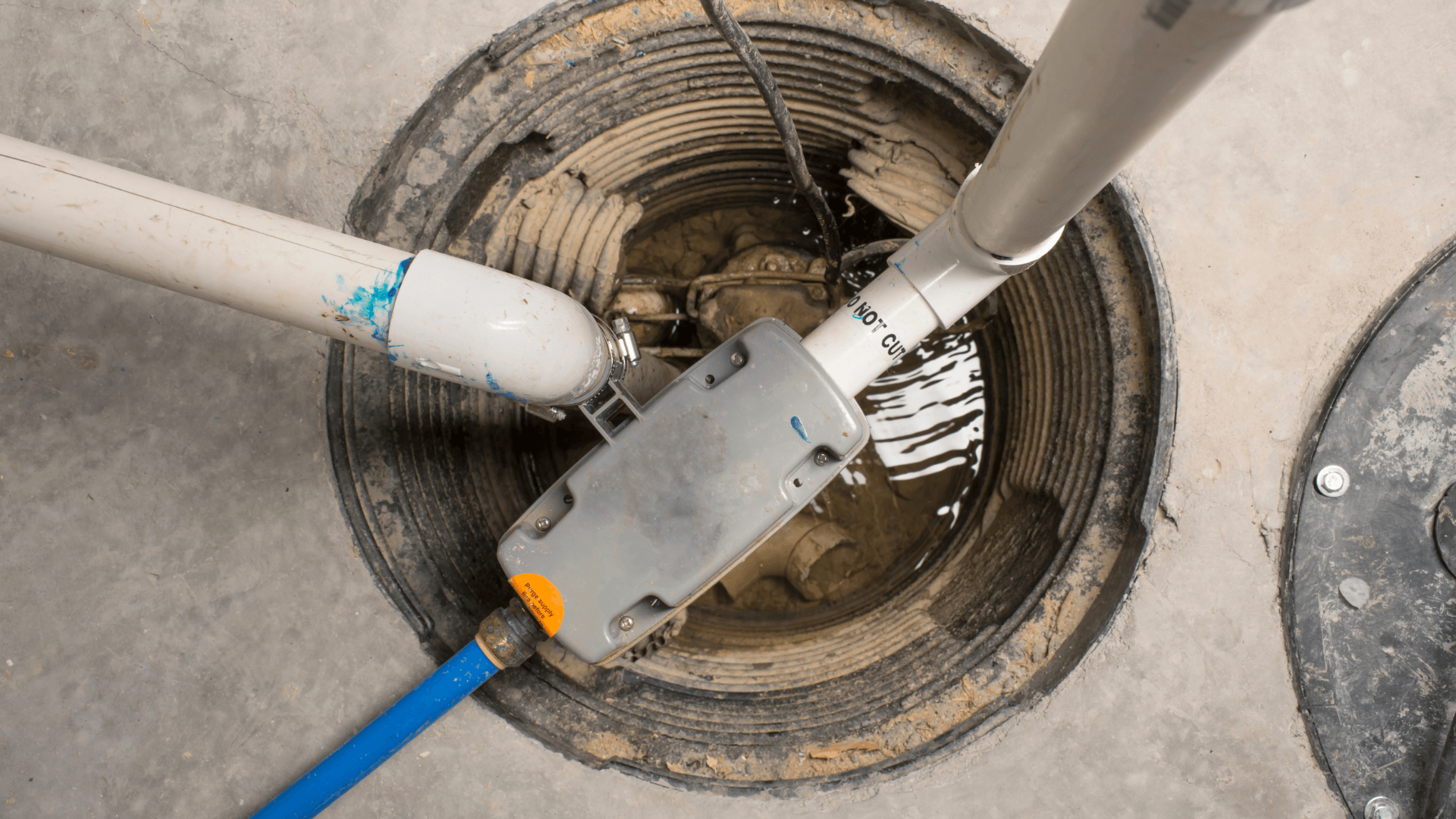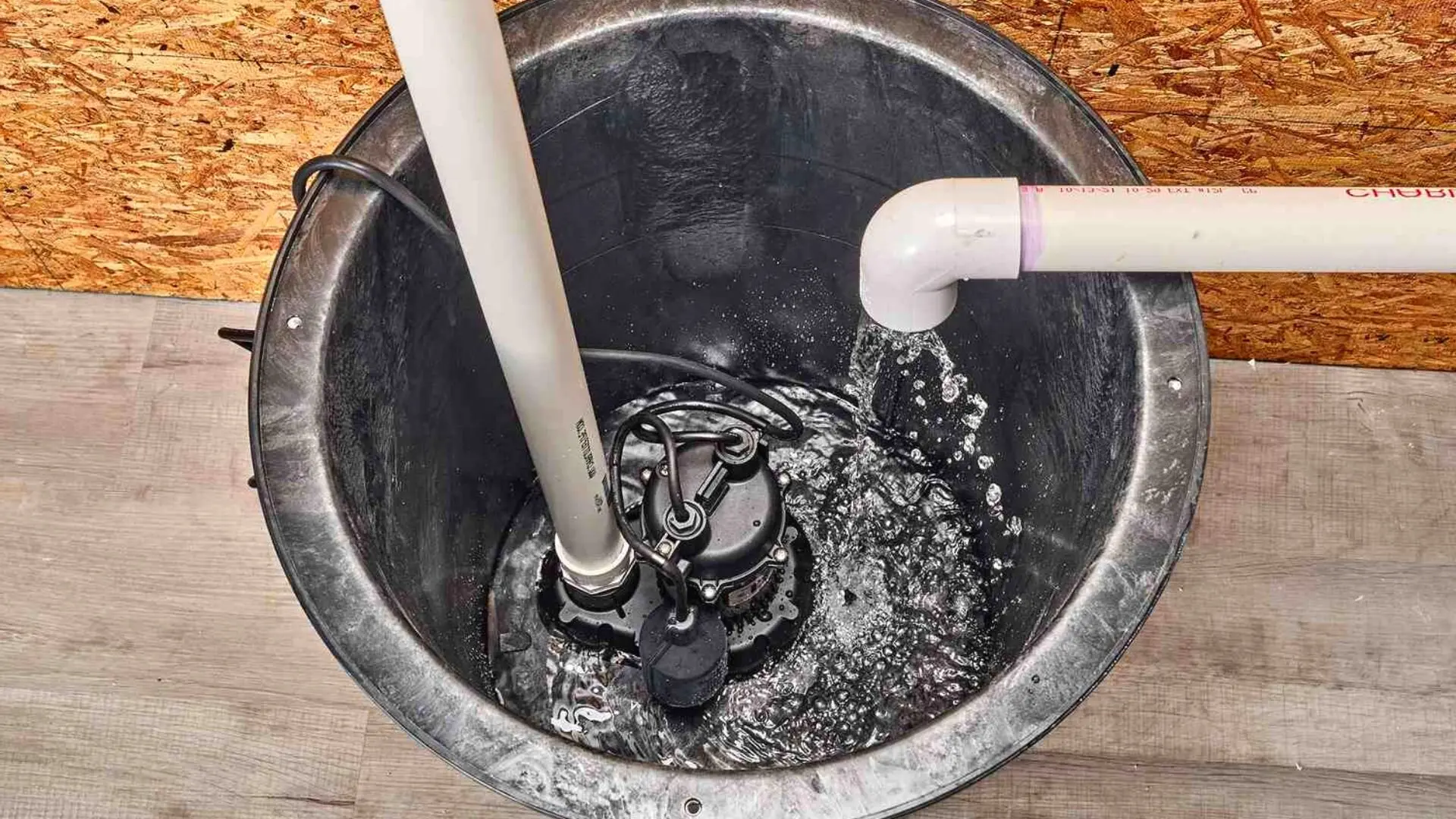They are making a few great points related to How To Effectively Clean A Sump Pump as a whole in the content in the next paragraphs.

Sump pumps are vital parts in lots of homes, particularly in areas vulnerable to flooding or extreme wetness. They help protect against water damages by effectively removing excess water from cellars or crawl spaces. However, like any other device, sump pumps need normal upkeep to guarantee they operate efficiently when needed one of the most. Cleaning your sump pump is an important part of its upkeep, and understanding how to do it effectively can save you from pricey repair services and possible calamities.
Intro
Preserving a clean sump pump is crucial for its appropriate functioning and durability. Ignoring this essential job can bring about obstructions, breakdowns, and eventually, water damages to your building. Consequently, discovering how to cleanse a sump pump is vital for house owners who count on these devices to maintain their cellars dry and protected.
Indicators of a Dirty Sump Pump
Recognizing when your sump pump requires cleaning is important for avoiding prospective malfunctions. Some common indicators that indicate an unclean sump pump include weird sounds throughout procedure, decreased water flow, and noticeable debris in the pit. If you notice any of these signs, it's vital to cleanse your sump pump immediately to avoid any type of additional problems.
Preparing for Cleaning
Prior to you start cleansing your sump pump, it's necessary to take some security preventative measures. Start by shutting down the power to the pump to prevent any kind of electric crashes. In addition, put on appropriate protective equipment, such as handwear covers and safety glasses, to protect yourself from dust, debris, and prospective microorganisms.
Comprehending the Sump Pump
Prior to diving into the cleansing process, it's necessary to have a standard understanding of just how a sump pump works. Generally set up in a pit or container listed below the cellar floor, a sump pump includes numerous key elements, including a pump, a float button, and a discharge pipe. When water builds up in the pit, the float switch triggers the pump, which then pumps the water out through the discharge pipeline, away from the structure's foundation.
Step-by-step Overview to Cleaning a Sump Pump
Shutting down the Power
Begin by disconnecting the power supply to the sump pump to avoid any kind of accidents while cleaning.
Checking for Correct Performance
Prior to re-installing the pump, execute a fast examination to ensure that the float switch turns on the pump properly. Pour some water into the sump pit and observe the pump's operation. If every little thing is functioning properly, you can rebuild the pump and reconnect the power supply.
Removing Debris and Dirt
Utilize a container or a scoop to eliminate any type of visible debris, dirt, or debris from the sump pit. Dispose of the debris correctly to avoid it from clogging the pump or the discharge pipeline.
Cleansing the Pump and Float Switch Over
When the pit is clear of particles, meticulously get rid of the pump from the pit. Evaluate the pump and the float switch for any kind of indications of damage or wear. Make use of a soft brush or fabric to cleanse the surfaces and remove any collected grime.
Flushing the System
After cleaning the pump and float button, purge the sump pit with clean water to remove any continuing to be dirt or debris. This will help make sure that the pump runs smoothly and efficiently.
Upkeep Tips to Maintain Your Sump Pump Clean
Along with routine cleaning, there are several upkeep ideas you can follow to maintain your sump pump in ideal condition:
- Regular Evaluation: Examine your sump pump routinely for any indications of wear, damage, or clogs.
- Keeping the Surrounding Location Clean: Make Sure that the location around the sump pit is without particles, dust, and blockages.
- Evaluating the Pump Periodically: Check your sump pump periodically by pouring water into the pit and observing its operation. This will help you identify any kind of possible problems prior to they intensify.
Verdict
Cleaning your sump pump is an important element of its maintenance and makes certain that it runs properly when you need it one of the most. By adhering to the actions laid out in this overview and incorporating normal maintenance into your regimen, you can expand the life-span of your sump pump and safeguard your home from water damages.
6 STEPS ON HOW TO CLEAN A SUMP PUMP PROPERLY
UNDERSTANDING SUMP PUMPS
Your sump pump plays a crucial role in protecting your home by managing and removing excess water. It primarily functions as a “shield”, guarding your basement against the damaging effects of water accumulation. The pump is housed in a sump pit in the lowest part of your basement, and its job is to pump out any water that collects there.
During heavy rainfalls or when snow melts rapidly, water can infiltrate your basement, posing potential risks like flooding, structural damage, and harmful mold growth. Here, the sump pump springs into action, pumping out the intruding water and directing it away from your home.
SAFETY FIRST
Before cleaning, remember to prioritize safety. Disconnect the sump pump from the power source to prevent any accidental electric shocks. Also, wear sturdy gloves to protect your hands from any sharp or dirty components within the pump.
REMOVE THE SUMP PUMP
After ensuring your safety, the next step is to remove the sump pump from its pit. Doing this might require careful maneuvering as you don’t want to damage any pump components. Once removed, clean the sump pit to remove any accumulated debris or sludge.
INSPECT THE PUMP
Inspect the pump for any visible signs of wear or damage. Check the power cord, float switch, and impeller housing. If any components look worn out or damaged, consider replacing them to ensure optimal performance.
CLEAN THE PUMP
Thoroughly clean the pump with warm, soapy water. Make sure to rid it of any dirt, gravel, or other debris that might impede its performance. You can use a toothbrush to clean the small, hard-to-reach parts of the pump.
REINSTALL THE SUMP PUMP
- Reinstall the pump into the sump pit
- Make sure it’s positioned correctly to remove the water effectively
- Once it’s back in place, reconnect it to the power source
TEST THE PUMP
Finally, pour some water into the pit to ensure the pump works correctly. It should start automatically and begin pumping out the water; if it doesn’t, check the power source and the positioning of the pump.
Remember, while cleaning your sump pump is an essential part of home maintenance, hiring a professional plumber for a thorough inspection and cleaning at least once a year is also important. This will ensure that your pump is in optimal condition, ready to protect your home from potential water damage.
BEST PRACTICES FOR CLEANING SUMP PUMP DISCHARGE PIPES
- Regular Inspection: Regularly inspect your discharge pipes, especially during heavy rainfall or snowmelt periods. Look for any signs of blockage or damage. Early detection of problems can prevent serious issues down the line.
- Periodic Cleaning: Over time, sediment and debris can accumulate in the discharge pipes, impeding the flow of water. Regular cleaning helps keep the pipes clear and functioning efficiently. You can use a high-pressure water jet to effectively clean the pipes.
- Insulation During Winter: In colder climates, discharge pipes can freeze, blocking the outflow of water. Protect your discharge pipes from freezing temperatures by insulating them with foam pipe insulation. This will ensure the sump pump can continue to discharge water even in freezing conditions.
- Proper Positioning: The discharge pipe should be positioned to direct water away from your home’s foundation. Improper positioning can lead to water seeping back into the basement. Ensure the pipe is long enough and angled correctly.
- Installation of a Check Valve: A check valve prevents water from flowing back into your sump pit after the pump has pushed it out. Installing a check valve helps maintain the efficiency of your sump pump and reduces the risk of flooding.
- Minimize Pipe Turns: Every curve or turn in the discharge pipe can decrease the efficiency of water flow. By minimizing turns and bends in your discharge pipe, you can increase the efficiency of your sump pump.
https://www.fullspeedplumbing.com/how-to-clean-a-sump-pump-properly9999/

I'm just very interested by How to Care for Your Sump Pump and I am praying you enjoyed the new piece. So long as you enjoyed reading our blog posting plz do not forget to share it. I love reading our article about Cleaning & Maintenance Tips for Your Home's Sump Pump.
Click Here
Comments on “Swift Steps to Servicing Your Sump Pump”